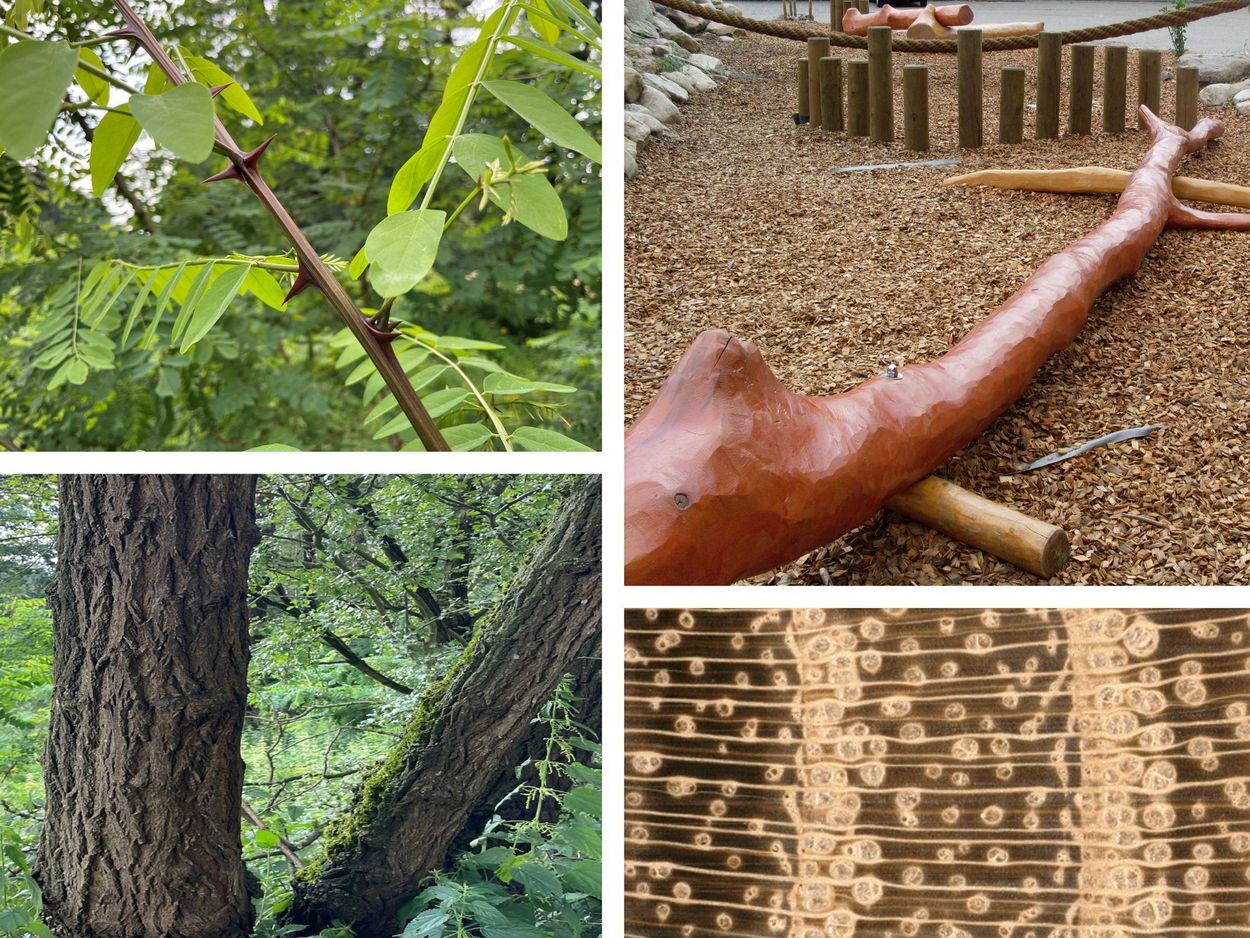Global climate change is accompanied by a change in tree composition in many regions. In Europe, the distribution areas of many species are expanding towards the north so that, among others, black locust (Robinia pseudoacacia), which is native to the USA and has long been established in south-eastern Europe, is also becoming increasingly important in central and northern Europe. Many other tree species are known to have different properties between their original and new locations, including the biological durability of the wood. Hence, the resistance of black locust wood against decay fungi was studied concerning origin-specific differences. Wood was sampled from seven different origins in Europe and original habitats in the United States. In addition to differences in biological durability between juvenile and mature wood, origin-specific differences within the mature heartwood were attributed to extractive contents and the percentages of earlywood vessels containing tyloses.
Contact:
More informations:







